Joaquim Rodriguez: Coll de la Gallina won't block the race at Vuelta a Espana
Former pro analyses crucial mountain stage
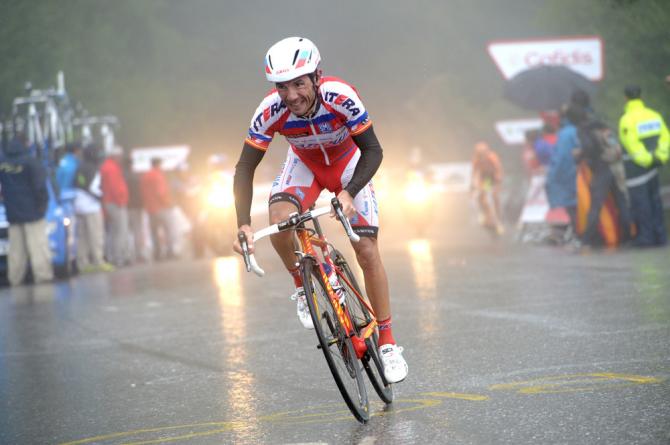
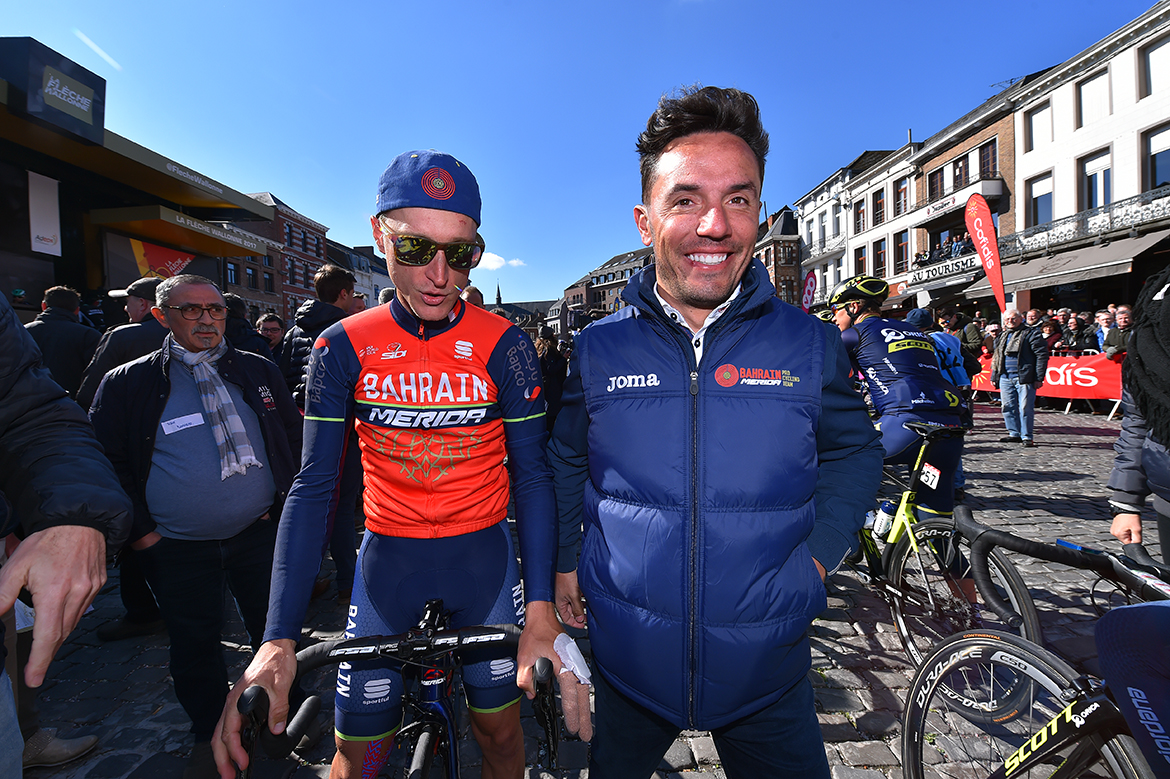
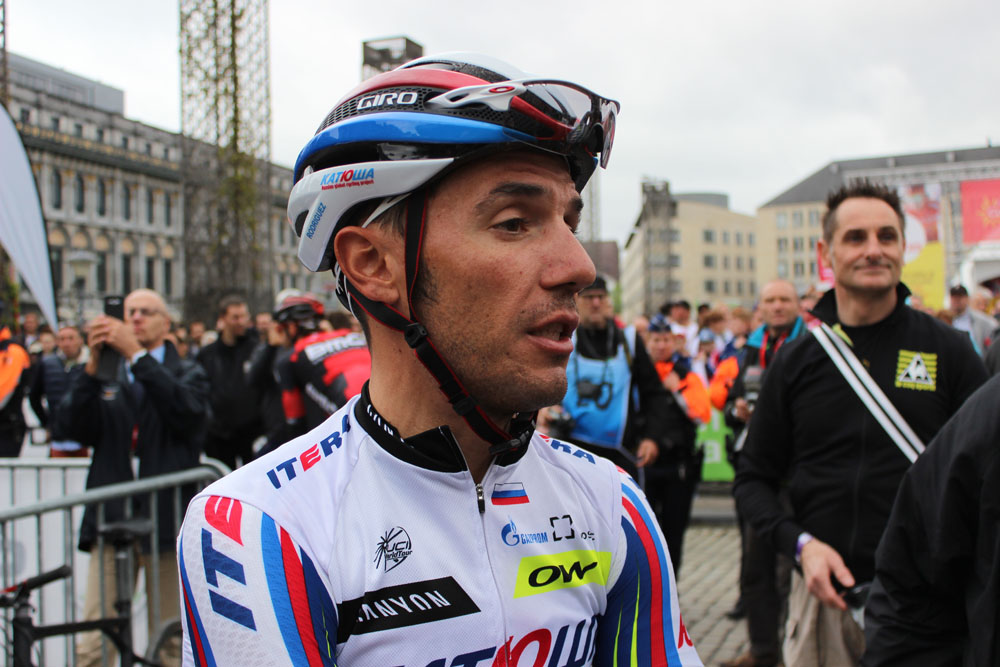
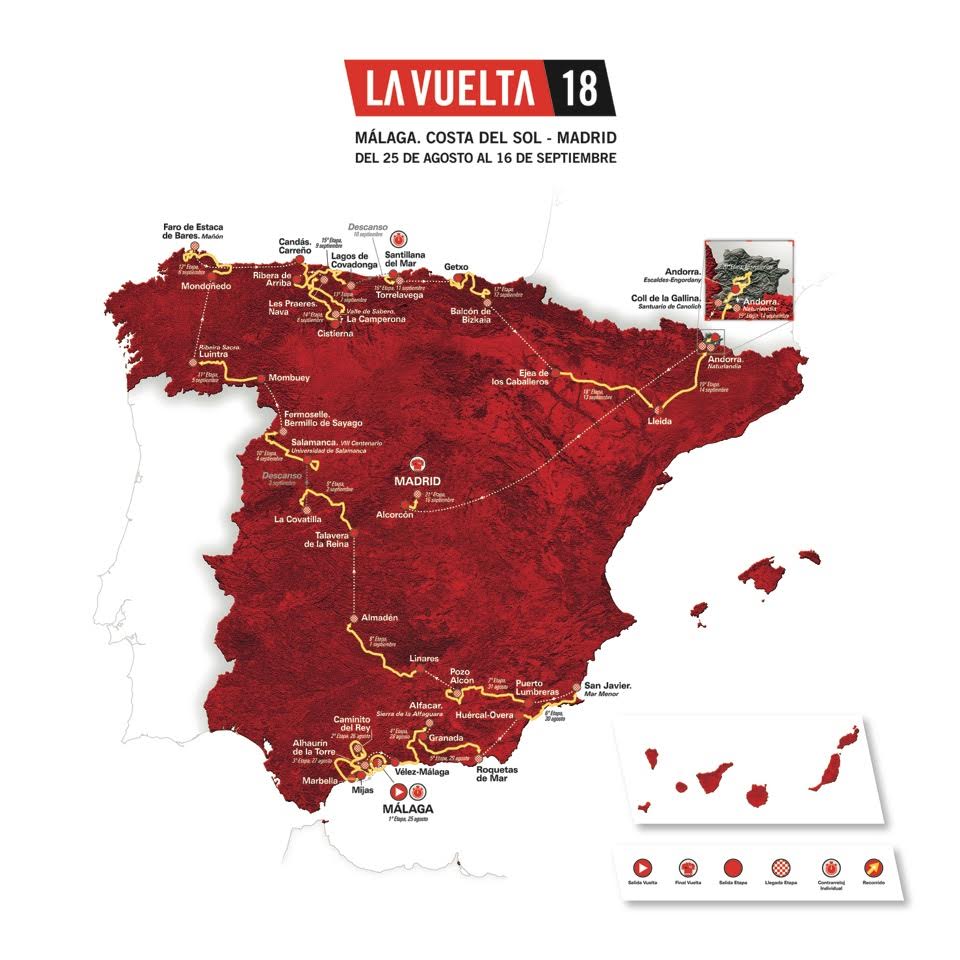
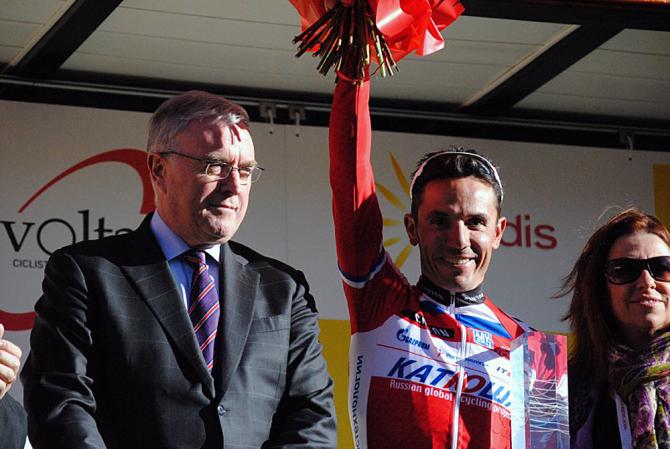
Former pro Joaquim Rodriguez is convinced that the final ultra-difficult mountain stage 20 of the 2018 Vuelta a España, that finishes on the Coll de la Gallina in Andorra, will not mean riders race more conservatively in the three preceding weeks.
"A rider, whenever he sees an opportunity, will go for it, whether it's Caminito del Rey or the last stage of the Vuelta," Rodriguez, a resident of Andorra, told a small group of reporters during the 2018 Vuelta presentation on Saturday. "You have to take a chance whenever you can, because it won't come back. They won't be hanging on, waiting for that last stage."
The last time the Vuelta visited Andorra was on stage 3 last year. Vincenzo Nibali won the stage, while Chris Froome moved into the overall lead, and he ended up winning the overall title. This year, the stage comes just 24 hours before the finish in Madrid, and so Andorra will be a sort of last-chance climbing saloon.
"This last stage will not just decide the winner, but a lot of positions overall," Rodriguez said. "You could be in fourth and that could change. It reminds me of the last stage they did in the 2013 Tour de France, which was also short and without a metre of flat."
Stage 20 of the 2013 Tour de France was 125 kilometres and went up the little-used climb of Semnoz, near Annecy. It saw a lot of GC changes beneath the overall winner Froome. Nairo Quintana (Movistar) won the stage and Rodriguez gained two places overall to move onto the final podium, his only top-three Tour finish in a career which also saw him take Grand Tour podiums in the Giro d'Italia and Vuelta a España.
This year's Vuelta a España mountain stage in Andorra has distinct echoes of stage 11 of the 2015 edition. At the time, Movistar manager Eusebio Unzue dubbed it the "hardest-ever Grand Tour stage", which was ultimately won by Mikel Landa.
Three years ago, the Vuelta's Andorran stage packed 5,000 metres of vertical climbing into 138 kilometres, with four category 1 climbs, a special category climb and a category 2 ascent.
Get The Leadout Newsletter
The latest race content, interviews, features, reviews and expert buying guides, direct to your inbox!
In this year's edition, there are 4,000 metres of vertical climbing in 105 kilometres. It includes four category 1 climbs, a category 2 climb and a category 3 climb. It will finish on a category 1 ascent, Coll de la Gallina. The haul to the finish at Els Cortal d’Encamp in 2015 was two kilometres longer, but Rodriguez says both climbs are equally difficult.
"Gallina is the hardest single ascent in Andorra," said Rodriguez, who continues to work as an advisor for Bahrain-Merida. "But where they've decided to finish the stage is not quite so difficult. It could be even worse if they went right to the top of the climb."
The Coll de la Gallina has featured twice in the Vuelta a España as a summit finish, in 2012 and 2013. In 2013, the now-retired Italian rider Daniele Ratto took the stage win, while Chris Horner and Vincenzo Nibali gained time on all the other favourites and jointly confirmed their status as the top two challengers for overall victory. Horner would win that year’s Vuelta ahead of Nibali.
On September 15 of this year, however, there will be only one winner at the top of the Gallina – and only one overall winner in Madrid a day later.
Alasdair Fotheringham has been reporting on cycling since 1991. He has covered every Tour de France since 1992 bar one, as well as numerous other bike races of all shapes and sizes, ranging from the Olympic Games in 2008 to the now sadly defunct Subida a Urkiola hill climb in Spain. As well as working for Cyclingnews, he has also written for The Independent, The Guardian, ProCycling, The Express and Reuters.
